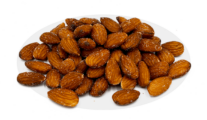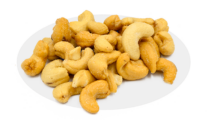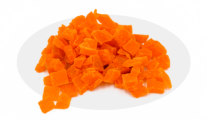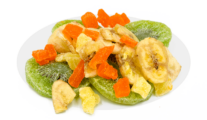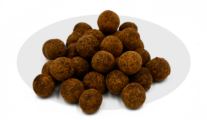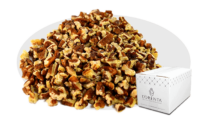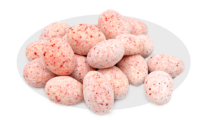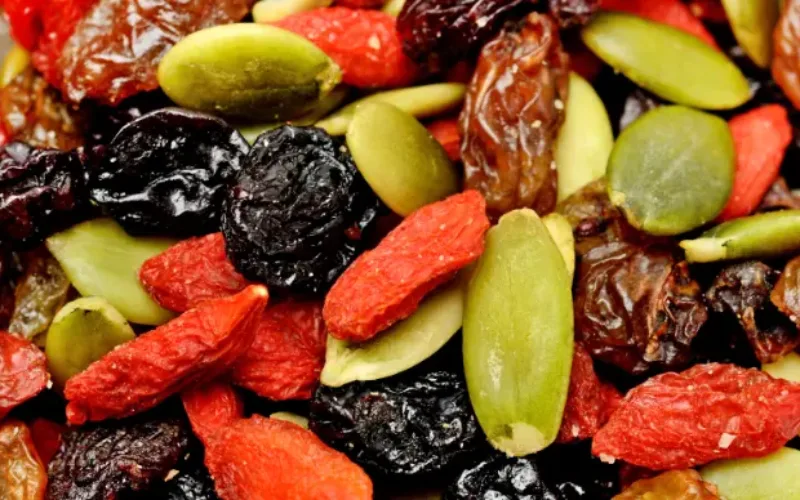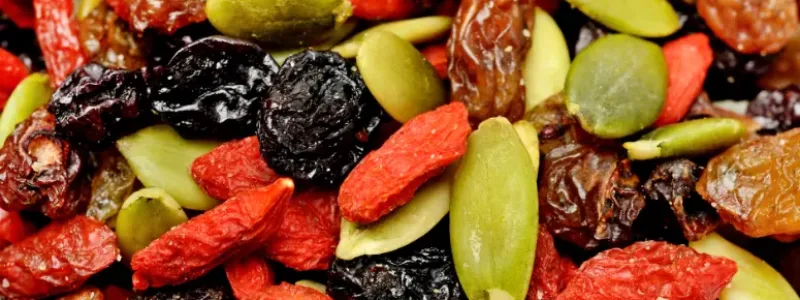Written By Sam Henselijn
You might see them as just another common nut you’ve heard about. However, they are a unique snack that stands out from the rest. The odd shape of the fruit itself tells you there is something special and unique about cashews. While they come in strange shapes and have poison-like acids, there’s a lot more you need to know about this fascinating fruit. So, where do cashews come from? This article will look at all you need to know.
The Origin of the Cashew Nut
Though mainly commercialized in India and African regions, the tree’s main origin is in tropical Brazil. The fruit produced by this tree is a small pear-sized fleshy fruit. At the end of this fruit is the cashew nut, which is the central topic of this discussion. One of the exciting facts about this nut is that they have a protective covering protecting them from unwanted plucking. The protective covering contains anacardic acid, a potent form of
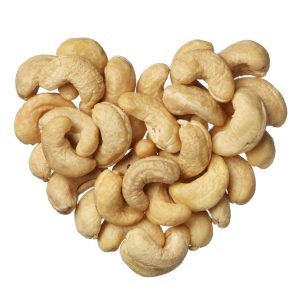
poison. If you know what the toxic substance in poison ivy poison oak looks like, then you’re not far from what the anacardic acid looks like. The coating of this acid is so corrosive that cashew nuts have to be dried and roasted to remove this toxic substance from the cashew. Once this substance is removed, it becomes easy to remove the shell.
Despite the anarcarbic acid in them, they have proven to be a storehouse for nutrients. Unlike every other nut, they are the nuts that have the highest magnesium content. If you’ve been wondering where do cashews come from? Understanding the origin of cashew in this section will better understand and answer that question bothering your mind.
Are Cashews Healthy?
They are very delicious nuts that can be eaten alone or served with various delicacies, especially vegan delicacies. Interestingly, they are not just your regular nuts for consumption purposes. They also play a vital role in improving our health. You might be wondering how this is possible. There are various ways they can help boost your health functions. According to research, they play a vital role in lowering LDL and cholesterol. It works well when cashews are consumed and used as high-carb snacks.
They also play a vital role in improving our immune system. Some nutrients include protein and zinc. These are great minerals that help in strengthening the immune system.
Bone health is another aspect that they help with. They are great for making the bones in your body stronger and healthier. It is possible due to essential minerals that help, such as magnesium and phosphorus.
How Do Cashews Grow?
If you would like to grow cashews, it would be best to do so in
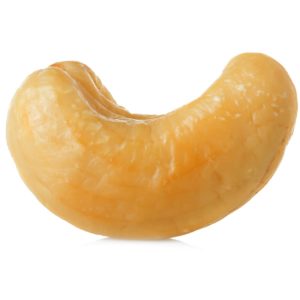
the tropics. It doesn’t matter whether the region is dry or wet. What matters is making sure the area’s temperature doesn’t go below 50 degrees Fahrenheit. Also, you should make sure that the place you intend to grow the tree is frost-free. A temperature range such as this makes the cashews grow rapidly like weeds.
The trees are resistant to drought and are capable of surviving on marginal grounds. You need to know that one of the best soils to plant a cashew tree is well-drained sandy soil. When they are in the early stage, it is vital to include fertilizer and water, especially following a dry climate. However, you should apply fertilizers that contain zinc, nitrogen, and phosphorus.
How To Roast Cashew Nuts
If you would like to stay clear of fat, then it is essential to roast your cashew nuts. Though some people might prefer unsalted cashew nuts, roasted and salted cashews are some of the most delicious cashew nuts. You can click here to find out more about it.
Before you roast them, it is essential to sprinkle a little salt over them. Then you put it on the fire and cook for 10 to 20 minutes. Ensure that you stir continuously while cooking. It will ensure that they don’t turn golden brown in the process. Once ready, allow it to cool. You can still sprinkle more salt to your preferred taste.
You will be able to enjoy finely processed cashew snacks like Butter Toffee Cashews, which you can buy from here.
If you are an individual that loves food varieties, then it would make sense if you tried other cashew snack varieties. Another cashew snack that will leave your mouth watering due to its delicious taste is the Wasabi Soy Cashews. They are available here.
FAQ Where Do Cashews Come From?
How do cashews grow?
Cashews thrive in tropical climates, regardless of the region being dry or wet. The optimal temperature for growing cashews should not fall below 50 degrees Fahrenheit, and the area should be frost-free. Well-drained sandy soil is ideal for planting cashew trees.
What is unique about the cashew fruit?
The cashew fruit has a peculiar shape and comes with a protective covering that contains anacardic acid, a potent poison. This odd shape and toxic protection distinguish cashews from other nuts.
Where do cashews originate from?
Though cashews are widely commercialized in India and African regions today, their main origin is tropical Brazil. The cashew tree produces a pear-sized fleshy fruit, with the nut attached at the end.
Sam Henselijn Author’s Biography – Meet L’Orenta Nuts CEO
Copyright 2024 L’Orenta Nuts
L’Orenta Nuts proudly holds the SQF food safety certification, symbolizing our unwavering dedication to upholding the highest standards of food safety and quality. This certification guarantees that our products undergo rigorous scrutiny, ensuring transparency, traceability, and adherence to global food safety regulations for the utmost consumer confidence.
L’Orenta Nuts has the HACCP (Hazard Analysis and Critical Control Points) certification is a systematic approach to identifying, evaluating, and controlling food safety hazards. It ensures that food products are produced and handled in a manner that minimizes risks and complies with safety standards.
Our GMP (Good Manufacturing Practices) certification ensures that a manufacturing facility adheres to comprehensive quality and safety standards while producing pharmaceuticals, food, and other consumer goods, promoting consistency, quality, and compliance with regulatory requirements.
L’Orenta is an FDA-approved manufacturing facility and has met the rigorous standards set by the U.S. Food and Drug Administration. It demonstrates compliance with regulations, ensuring the production of safe and high-quality food products.


